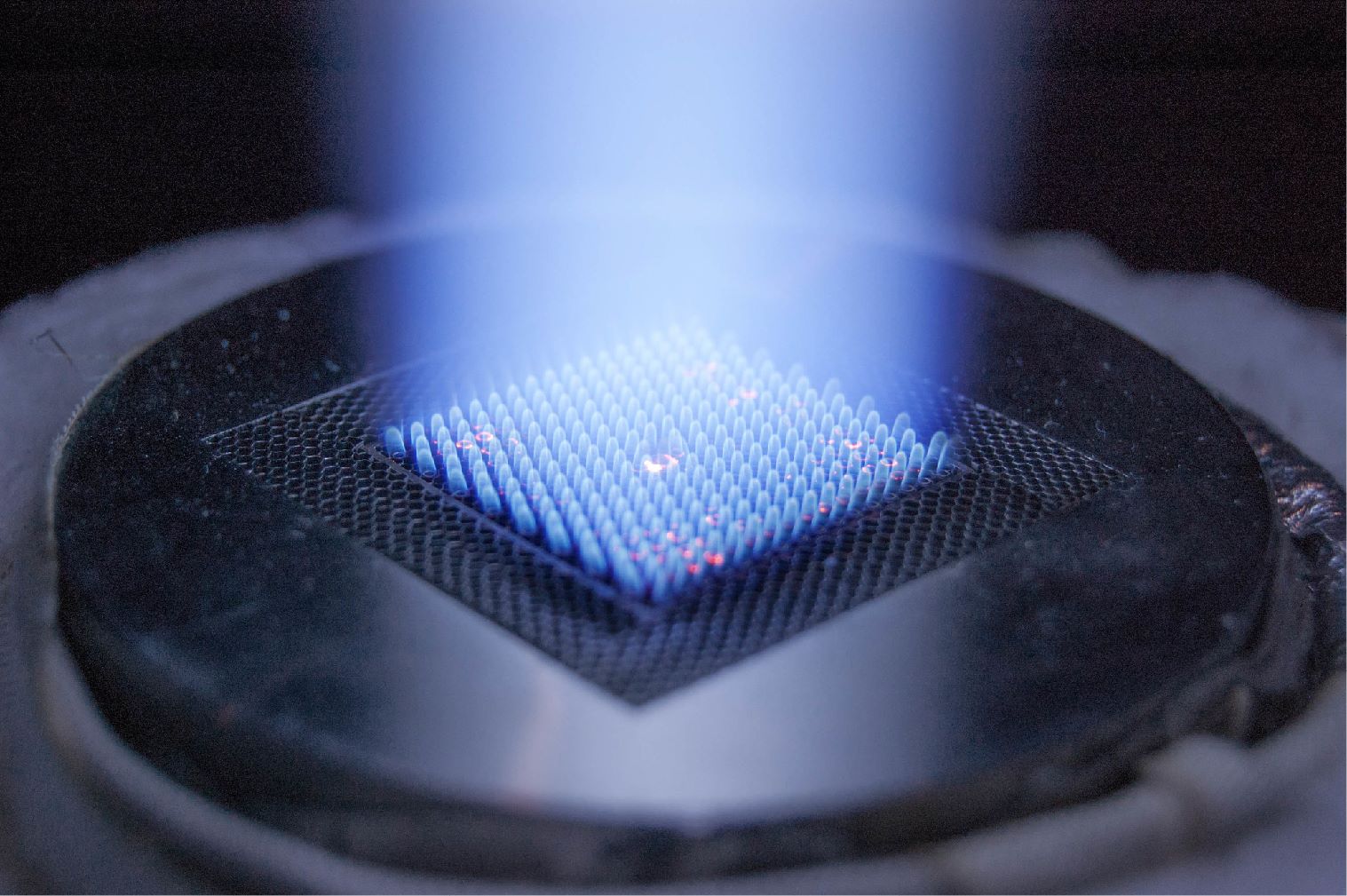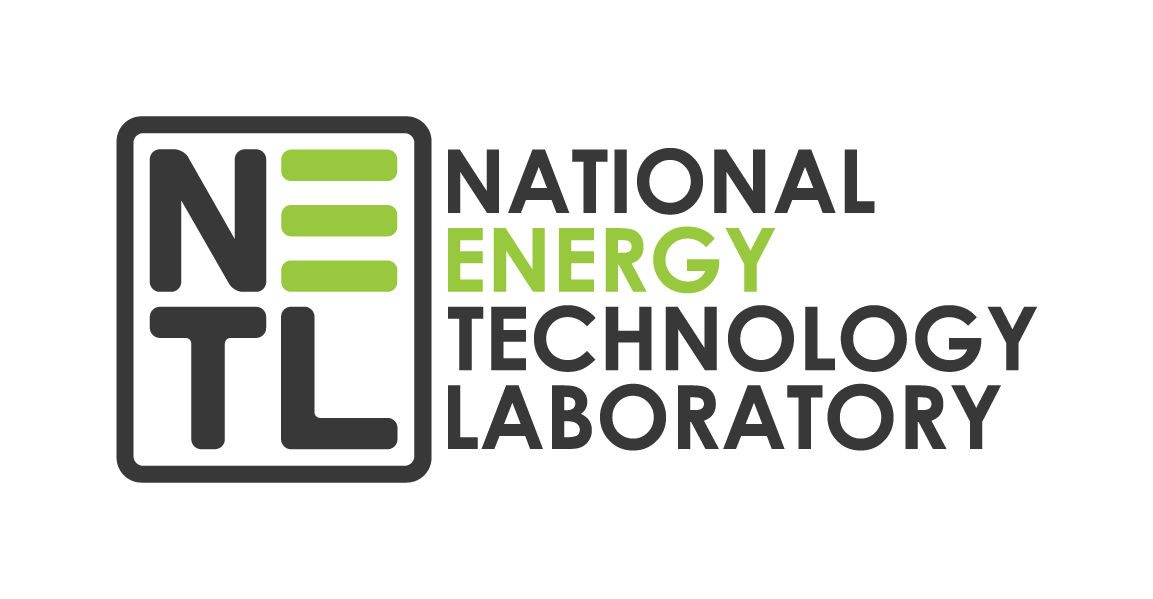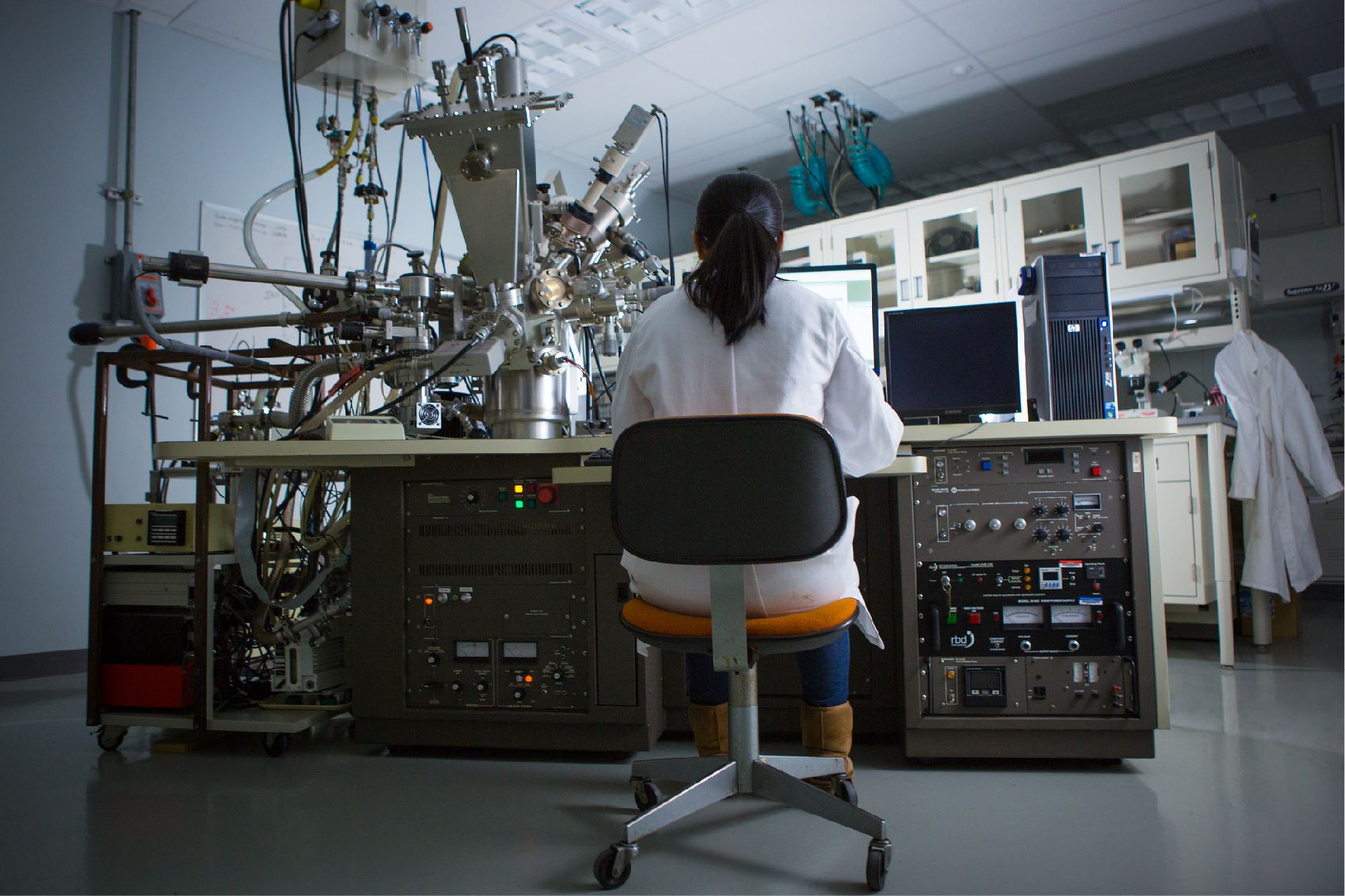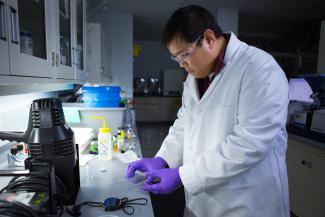Over our Lab’s long history of innovation, NETL’s record of success has been built on understanding the future of energy and the technologies required to make that future possible. NETL research effectively took on acid rain through development of scrubber systems, low-NOx burners and selective catalytic reduction technologies that were installed on the nation’s fleet of coal-based power plants. Our research in the 2000s to reduce the cost of mercury control at coal power plants is still protecting our air, water, and wildlife. Now, it’s exciting to see another critical technology area coming to fruition: carbon capture and storage.
Addressing the climate crisis is an urgent need, and for NETL innovators, it’s also an opportunity to make a positive impact, both on our nation and around the world.
For many years, NETL researchers have been hard at work finding ways to make carbon capture more affordable and efficient, and this early work is paying dividends as we join collaborations and global efforts toward decarbonization and net-zero emissions energy production.
Recently, I was honored to highlight NETL-supported projects to reduce emissions of carbon dioxide, technologies to capture and store it safely, and processes to make value-added products from the carbon waste stream during an address to the Pennsylvania State Environmental Resources and Energy Committee. Specifically, I shared information about our work to make carbon capture, utilization and storage a widely available, cost-effective and rapidly scalable solution to meet the Administration’s goals for a carbon emission-free electricity sector no later than 2035 and economy-wide net-zero emissions by 2050.
At CERAWeek 2021, NETL researchers connected with various industry representatives and decision-makers from around the world looking to embrace the latest technologies to reduce greenhouse gas emissions. The conference was a great opportunity for our Lab to gain a variety of perspectives while providing us an opportunity to share and evaluate our own research efforts as we work to develop the technologies that will power our future in a sustainable manner.
Technology development is fundamental, and NETL is playing key roles in ushering in a greener future. For example, an NETL-supported project to develop a transformational carbon capture technology will culminate in an engineering-scale test campaign at Norway’s Technology Centre Mongstad (TCM), potentially paving the way for future coal-fired power plants to support cost and performance goals for fewer carbon emissions set by the U.S. Department of Energy. A successful project could demonstrate the technology’s scalability and commercial potential of the NAS carbon capture process for pulverized coal power plants, helping mitigate risk and understand operational efficiency over a wide range of conditions, which will aid in commercial adoption of this technology.
In another project, NETL researchers developed a method to custom-formulate low-cost membranes to more effectively separate carbon dioxide from nitrogen in a high-volume of flue gas — work that represents the next generation of post-combustion carbon capture technologies with real impact in bringing down the cost of carbon capture for improved environmental stewardship. The ability to achieve both high selectivity and high permeability during post-combustion carbon capture operations is one of the most difficult problems facing membrane researchers today. Our research team solved the challenge by chemically binding multiple membrane components with different critical properties into one high-performance material that can be easily scaled up to reduce the costs of large-scale carbon capture operations.
Over the last 10 years, the NETL-led National Risk Assessment Partnership (NRAP) has built industrial confidence and worked to accelerate the commercial deployment of large-scale geologic carbon storage (GCS), which will enable environmentally responsible energy production by safely and permanently storing carbon dioxide from industrial sources deep underground. One achievement from this collaboration is this award-winning NRAP toolset, which is enabling researchers to investigate containment assurance, induced seismicity risk management, strategic monitoring for system diagnosis and uncertainty reduction. The tools are being used to address a variety of stakeholder questions as they make risk performance-related decisions throughout the GCS project life cycle.
These are just a few examples of our recent engagements in turning the science of carbon capture and storage into deployable technologies. Our future looks even brighter as our dedicated and talented researchers remain hard at work to deliver in our mission of driving innovation and delivering solutions for an environmentally sustainable and prosperous energy future for all Americans.




